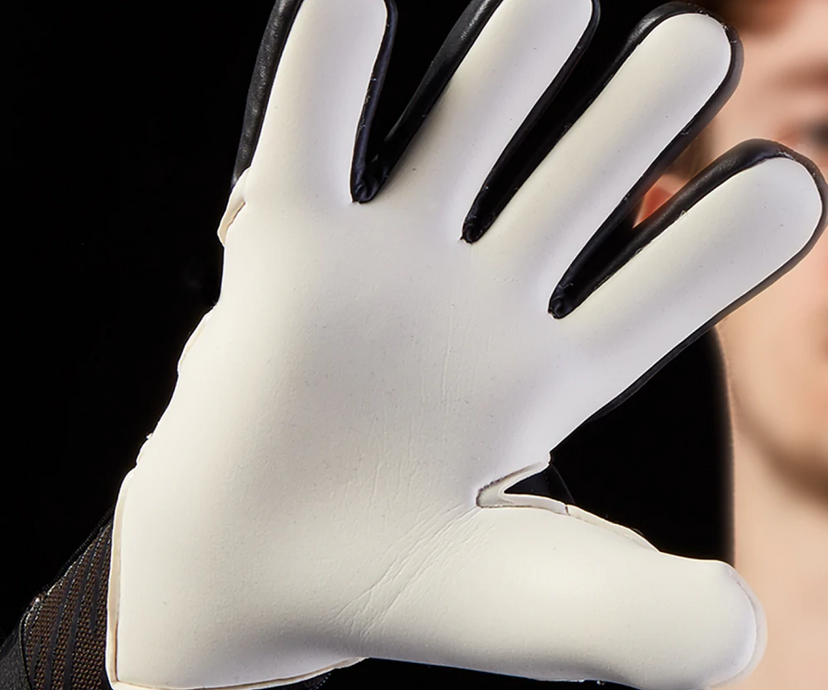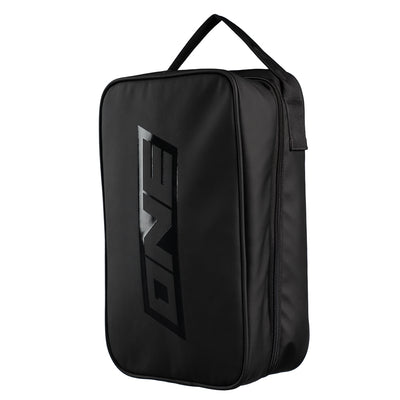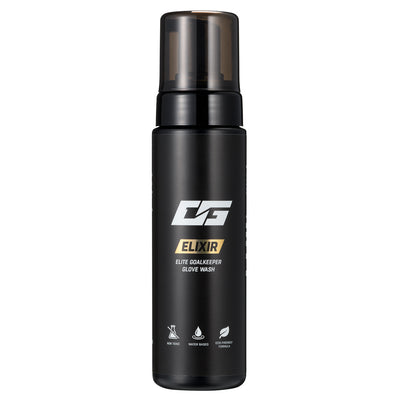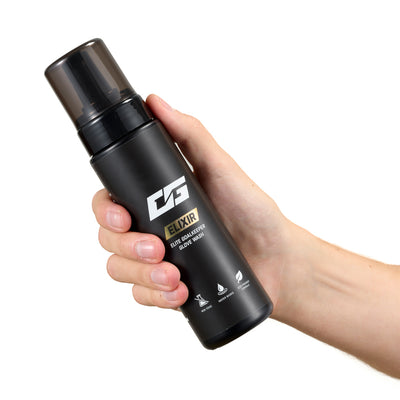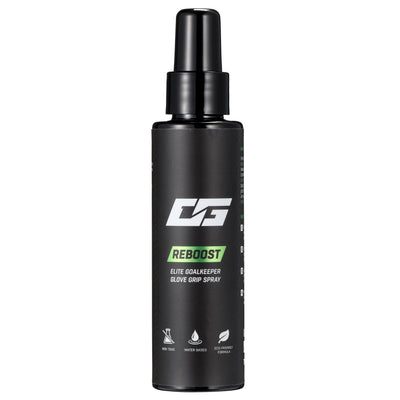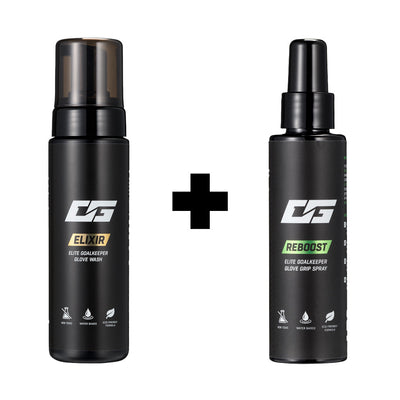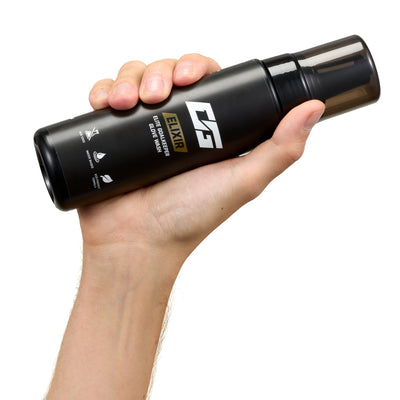How to Dry Your Goalkeeper Gloves
Once you have washed your goalkeeper gloves and are ready to dry them, we recommend wrapping them in a towel and applying pressure to soak up excess water, before leaving them to dry naturally for around 24 hours. Do not wipe or scrub them with the towel as this may tear pieces of the latex.
You can also hang them on a washing line or in the bathroom, but be careful not to leave them in direct sunlight or a humid environment (allowing mould to grow will kill the latex).
Do not dry your gloves by using the following methods:
- On a radiator
- Infront of a fire
- In a tumble dryer
- Using an iron
- Using an airing cupboard
- in direct sunlight
- By twisting them (squeeze instead)
All of the above methods may cause a loss of natural moisture in the latex and in turn, make them dry and brittle. Be sure to follow our steps on how to clean your goalkeeper gloves to minimise your chances of error.


